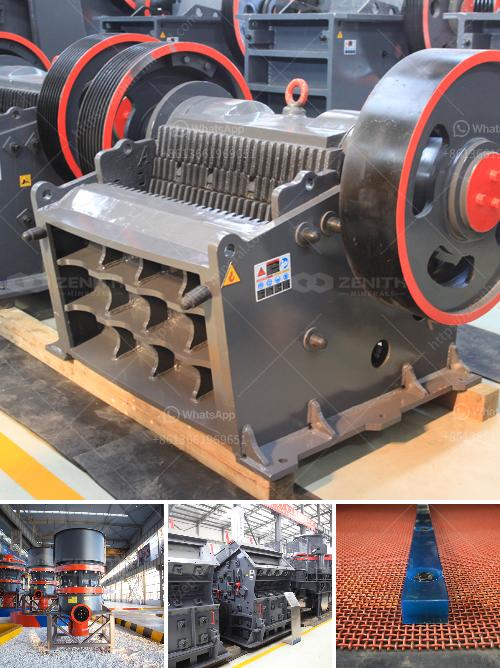Mechanism sand, also known as manufactured sand or artificial sand, is produced through a variety of processes that involve the crushing and screening of natural rocks or stones. Here’s a step-by-step overview of the production process:
Material Selection: The raw materials are typically hard stones like granite, basalt, limestone, or quarry rubble, which are chosen for their quality and durability.
Primary Crushing: The selected rocks are initially fed into a primary crusher, such as a jaw crusher, which breaks them into smaller, manageable pieces.
Secondary Crushing: These smaller pieces are further crushed using secondary crushers like cone crushers or impact crushers to achieve finer particles.
Screening: The crushed material is then screened using vibrating screens to separate it into different size fractions. The larger particles may be sent back to the crushers for further reduction.
Washing and De-sliming: The screened sand might undergo washing to remove any impurities such as clay, silt, and dust. This is done using sand washing machines.
Fine Processing: Depending on the required quality of the sand, it might pass through additional processing like centrifugal impact crushers or vertical shaft impact crushers, which produce sand with specific shapes and sizes.
Quality Control: The manufactured sand is subjected to quality control measures to ensure that it meets the specific standards for construction or industrial use. Samples are tested for gradation, shape, and texture.
Storage and Dispatch: Finally, the refined mechanism sand is stored in silos or stockpiles and then dispatched to the market for various applications.
The use of mechanism sand has become increasingly popular, especially in construction, due to its consistent quality and the diminishing availability of natural sand.
